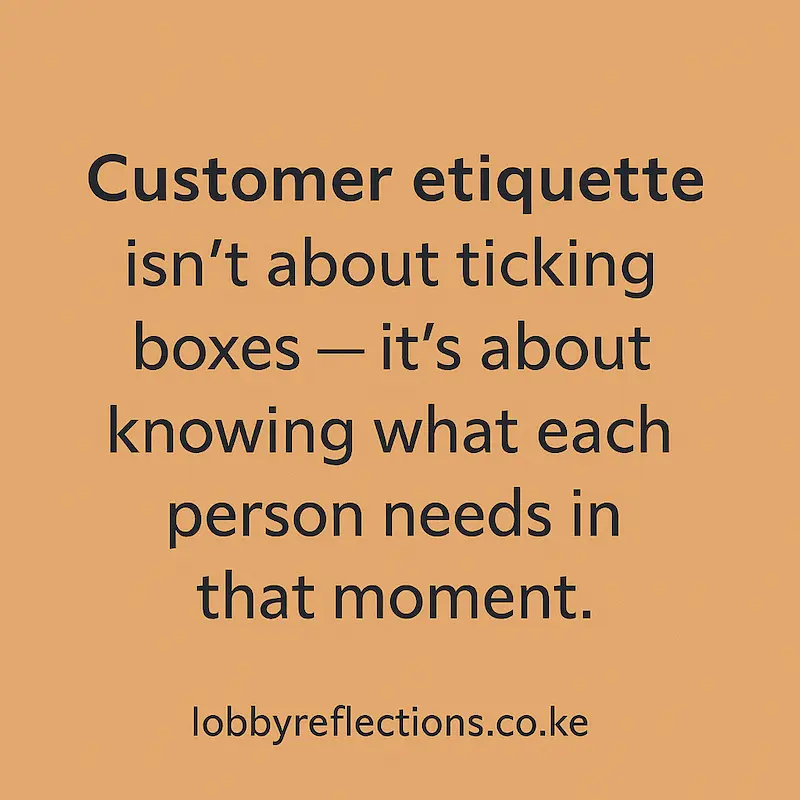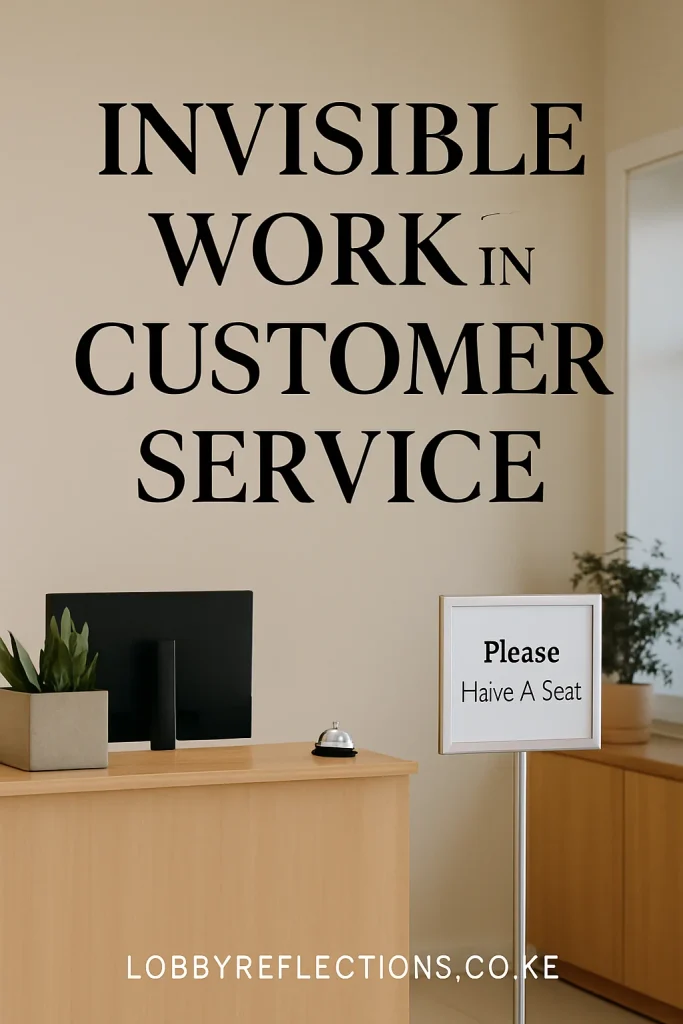
The Bible never shies away from showing us the raw, unfiltered lives of the people God chose. One of the most surprising chapters is Genesis 38—the story of Judah and Tamar. It’s an uncomfortable read at first glance, yet it carries powerful lessons about redemption for families—especially for those navigating dysfunction, disappointment, or delayed promises.
Many families today struggle with internal tension—neglected responsibilities, broken trust, fractured communication, or generational pain. And yet, the Bible offers stories like Judah and Tamar’s to remind us: God can work through anything. He redeems what seems irredeemable.
A Messy Family Story with a Redemptive Thread
Judah, one of Jacob’s twelve sons, had three sons of his own. Tamar married his eldest son, Er, who died prematurely. As was customary, Judah instructed his second son, Onan, to marry Tamar and raise children on his brother’s behalf. However, Onan shirked his responsibility. Though he engaged with Tamar physically, he purposely avoided conception. The Bible says, “What he did was wicked in the Lord’s sight; so he put him to death also” (Genesis 38:10, NIV).
Judah then promised Tamar that his youngest son, Shelah, would marry her when he came of age. But he failed to follow through. Years passed, and Tamar remained in limbo—a widow in her father’s house, waiting for a promise that would not be fulfilled.
Driven by desperation and a desire for justice, Tamar disguised herself as a prostitute. Judah, not recognizing her, slept with her and left her with his seal and staff as collateral. When she became pregnant, Judah at first demanded punishment—until he realized the child was his. His words were revealing: “She is more righteous than I” (Genesis 38:26).
From that union came twins, and one of them, Perez, would later be counted in the lineage of King David—and even Jesus Christ (Matthew 1:3). God took a messy story and wove it into the story of salvation itself.
This is more than a scandal—it’s a stunning example of redemption for families.
🔑 Key Lessons on Redemption for Families
1. Responsibility Shouldn’t Be Avoided
(Long-tail keyword: Lessons from Judah and Tamar for families today)
Onan’s refusal to fulfill his duty reminds us how family roles matter. Whether it’s emotional presence, spiritual guidance, or financial support, when one person drops the ball, the whole household can suffer.
Judah also failed—he neglected his duty to Tamar, perhaps out of fear or selfishness. His inaction compounded the grief she carried.
In today’s context, we might not be dealing with levirate marriage, but the principles still apply. When parents disengage from their children, when siblings refuse to reconcile, or when spouses avoid communication, wounds deepen.
📌 Redemption for families begins when individuals choose responsibility over avoidance. It’s not easy, but it’s worth it.
🟡 Further Reading: Customer Etiquette at the Front Desk – how small, intentional actions build long-lasting trust.
2. God Works Through Imperfect People
(Long-tail keyword: What the Bible teaches about broken families)
The Bible is filled with stories of complicated people in complicated families. And yet, God never stops working through them.
Judah was part of a dysfunctional family—his brothers had sold Joseph into slavery. He himself had made poor choices. Tamar was an outsider, left vulnerable by the failure of the system meant to protect her. Still, through these two flawed individuals, God brought forth Perez, an ancestor of Christ.
This isn’t a one-time exception.
Rahab, a prostitute in Jericho, hid Israelite spies and was spared during Jericho’s fall (Joshua 2). She later married into the Israelite community and became part of Jesus’ lineage. Her story is a testament that God uses outcasts for great purposes.
🌐 See also: BibleGateway commentary on Rahab’s faith – a woman marked by faith, not her past.
Even David—great-grandson of Ruth and Boaz, descendant of Tamar and Perez—committed adultery and murder. Yet, God still called him a man after His own heart (1 Samuel 13:14).
👉 God’s redemptive plan is not thwarted by your family’s dysfunction. In fact, He often begins His greatest work in the middle of it.
3. Learn from the Past and Build Anew
(Long-tail keyword: Faith-based healing for family pain and mistakes)
Tamar’s bold action stemmed from pain—but it also spoke of her courage and longing for dignity. She refused to let the past define her future. She claimed what was owed her—not out of vengeance, but for justice.
For modern families, this is crucial. Many of us carry emotional baggage—abandonment, betrayal, disappointment, shame. If we don’t address these wounds, they repeat across generations.
What does it mean to build anew?
- Having hard conversations with family
- Seeking therapy or pastoral counseling
- Choosing forgiveness, even when no apology comes
- Creating new habits—prayer, shared meals, vulnerability
📌 Healing often starts with honesty—about what happened and what must change. And God’s grace meets us there.
🔁 You may also like: Handling Unstable Customers – wisdom on navigating emotion-heavy encounters with grace.
4. Let God Lead the Family
(Long-tail keyword: How God redeems messy family situations)
The most radical transformation any family can experience is letting God take the lead. This means shifting from control to surrender, and from tradition to truth.
Ephesians 6 reminds us to put on the full armor of God—not just for individual battles, but for family resilience. Our families need the:
- Belt of truth – transparency in relationships
- Shield of faith – trusting God even when it feels hopeless
- Sword of the Spirit – using Scripture as a guide
- Helmet of salvation – protection from guilt and shame
Prayer becomes the lifeline. Scripture becomes the foundation. Forgiveness becomes the language.
🏠 Build your routine around faith. A family that prays and studies together develops deeper roots and greater resistance to storms.
🔗 Explore more: Sunday Reflections – Weekly Archive for soul-strengthening thoughts every week.
🌿 Final Reflection: There Is Redemption for Your Family
Hope for dysfunctional families in the Bible
Judah and Tamar’s story is not pretty, but it’s purposeful. It shows us that God does not abandon the broken. He weaves redemption through pain, failure, and even scandal.
If you’re feeling overwhelmed by your family situation—don’t lose hope.
- Maybe you’re the Tamar—waiting on a promise unfulfilled
- Or maybe you’re the Judah—guilt-ridden from past failures
- Perhaps you’re Perez—born out of chaos but destined for legacy
Wherever you fall, know this: there is redemption for families that dare to confront truth, accept grace, and let God lead.
Your family does not have to be flawless to be faithful.
🙏 Suggested Prayer for Families
“Lord, we thank You for showing us through stories like Judah and Tamar that no family is beyond Your reach. Help us take responsibility, learn from the past, and let You lead every area of our family life. Fill our homes with Your Word, prayer, and peace. In Jesus’ name, Amen.”
📚 Recommended Resource for Daily Growth
Faith Forward Family Devotional (Amazon affiliate link)
This 100-day devotional is a powerful tool for building a foundation of faith in your home—day by day.
As an Amazon Associate, I earn from qualifying purchases at no extra cost to you.







